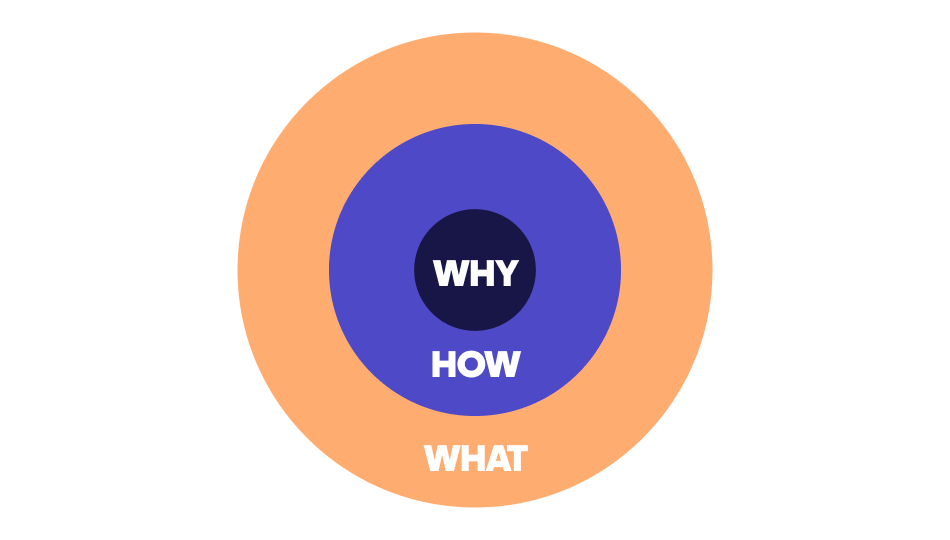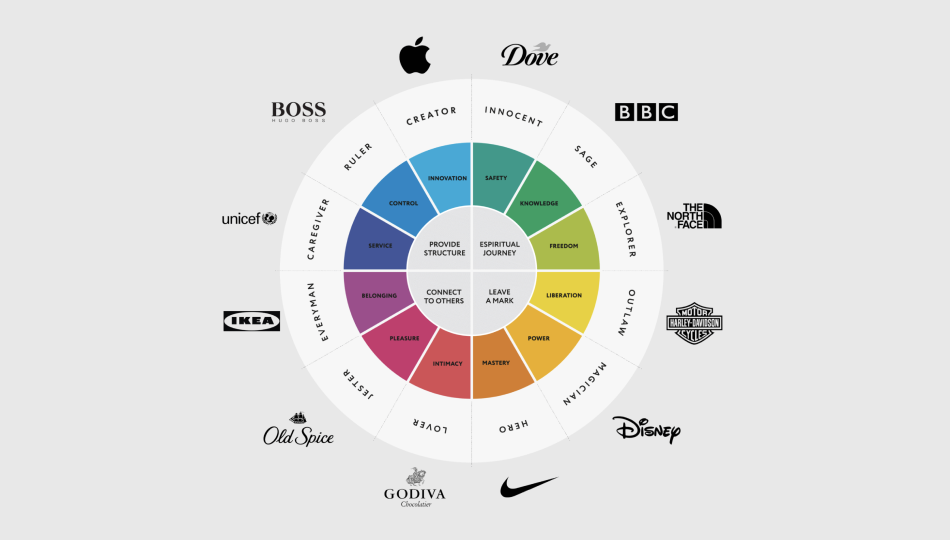How to create brand storytelling

Storytelling is part of our human DNA, used since the beginning of time. Yet, the power of stories is often overlooked. To build strong brands, companies need to focus more on selling dreams, visions, and solutions rather than products and services. But how can product-oriented companies work more with storytelling? This blog post will guide you through the essential steps you need to succeed, no matter what you’re selling.
Did you know that people are 22 times more likely to remember details when stories communicate messages rather than just facts? Stories are captivating and memorable and help us share complex ideas and situations in an engaging way. By becoming a skilled storyteller, you’ll be able to make the ordinary seem extraordinary! Find out how you can apply this to your brand.
What is brand storytelling?
Brand storytelling is a method of using narration techniques to grab your audience’s attention and keep them engaged. Storytelling creates an emotional, value-driven connection between your audience and your brand. The most powerful stories are authentic and usually connected to your brand values, which also builds trust. To learn more about building trust and why it matters, read our blog post about it.
One example of great storytelling is the story behind the Swedish watch brand Daniel Wellington. On their website, you can learn that founder Filip Tysander met an old war veteran while traveling. The vet, allegedly named Daniel Wellington, had a watch with a so-called NATO strap on his wrist. That caught Filip’s attention, who went back to Sweden with an idea to create and sell trendy watches with NATO straps. The rest is history.
Feeling inspired by that story, wondering how to tell your own? Let’s get started!
Step 1: Answer the ‘why?’ of your business
Have you heard about The Golden Circle? Author and marketing guru Simon Sinek defined this and even wrote a book on the topic some years ago. The Golden Circle demonstrates the potential in beginning all our endeavors with one simple inquiry: Why?

Starting with the why is starting from the inside out to understand what motivates our actions. Most businesses fail here. Companies often introduce themselves by telling their audience what they do or how they do it. Instead, say something about who you are and your beliefs. State why you do what you do!
For example, you might buy an iPhone because it’s a great phone. But think about it: Several phone models with better features are on the market. The iPhone is relatively expensive compared to its competitors, and you have probably not seen a lot of commercials for the iPhone. So why do you buy it? Apple is an excellent (if not the best) example of how a company can succeed with its “why.” Apple’s “why” is to “challenge the status quo,” and for some reason, we keep buying their products because their story is credible. That credibility is also why so many people strongly relate to the Apple brand.
Step 2: Make use of the Hero’s Journey
The Hero’s Journey is a widely employed narrative framework that can effectively shape your brand story. It was made popular by Joseph Campbell, who, in turn, was influenced by the famous psychiatrist Carl Jung. Although originally intended as a journey of self-discovery, you can also apply it to your brand.
In your brand storytelling, the protagonist can represent your potential customers. Their actions are distinctly outlined. It details their challenges, how your solution addresses their issue, and the ultimate outcome.
Initiate the chronicle of your protagonist’s journey by responding to these queries:
- Who’s your protagonist?
- What are their desires and necessities?
- What dilemmas are they facing, and what are their current solutions?
- How can your brand assist them?
- How will they discover your brand?
- What resolution are you proposing?
- What does change and an improved future entail?

When you have answered these questions and figured out your protagonist’s journey, the time has come to discover your brand’s personality.
Step 3: Define your brand personality
Defining your brand personality involves attributing human-like qualities to your brand based on the characteristics and preferences of your customers. A clearly defined brand personality enables a deeper connection with your customers.
Various brands worldwide have defined themselves as different archetypes: Apple is The Creator, The North Face is The Explorer, Disney is The Magician, and Nike is The Hero. The Brand Archetypes Framework provided below can help shape your brand personality.
The framework is a tool first introduced by – once again – Carl Jung and is based on 12 unique archetypes. Each archetype possesses a distinctive set of emotions and associations. Based on this, companies can select the archetype that best mirrors their and their target audience’s personality. Aligning your brand with the archetype that resonates with your customers can fortify your brand narrative.
Step 4: Set your brand purpose and values
Now, it’s time to articulate your brand’s purpose and values. These will be your guiding principles when shaping stories; all communication efforts should reflect them. Let’s start with your brand purpose!
A brand purpose should be a concise statement that conveys the value you provide your customers. Sounds difficult? If you need inspiration, you can look at several brands and organizations. For instance, Patagonias’ mission statement is: “We’re in business to save our home planet.” Pretty powerful and spot on!

It’s also crucial to pinpoint four to five significant brand values for your company. Brand values should be straightforward and distinguish you from other brands while still being brief. If your company sells, let’s say, a solution to make it easier to keep track of your receipts at all time, your brand values could be: Simple, Accessible, Transparent, and Secure.
Step 5: Put your brand story on paper
Armed with this information, you are prepared to compose your brand narrative. In a span of 200 to 300 words, ensure your brand story addresses pivotal questions concerning your customers’ hurdles and requirements, the reason for your brand’s existence, and the mission of your brand.
Your brand story should be the foundation for all aspects of your company. Therefore, it’s essential to implement your brand narrative into the entire organization – from marketing and public relations, to human resource management and your sales teams. This way, you’ll tell the same story, creating a trustworthy and coherent brand.

In summary
Building a successful brand involves a systematic process that starts with understanding the core purpose of your business, often referred to as the ‘why.’
Following this, craft your brand story based on the Hero’s Journey narrative framework. This journey mirrors your customers’ experiences, from facing challenges to finding solutions through your brand.
The next step involves defining your brand personality by assigning human characteristics to your brand. Companies can utilize the Brand Archetypes Framework to determine the character that aligns with their brand. The selected archetype should reflect your brand and resonate with your customer’s personality and preferences, to strengthen your brand story.
Next, set your brand purpose and values. Your brand purpose should be a concise statement communicating the value your brand brings to your customers’ lives. Your brand values are four to five keywords that set your company apart from other brands.
Finally, it’s time to write your brand story. Your story should answer essential questions about your customers’ needs and state your brand’s purpose and mission.
